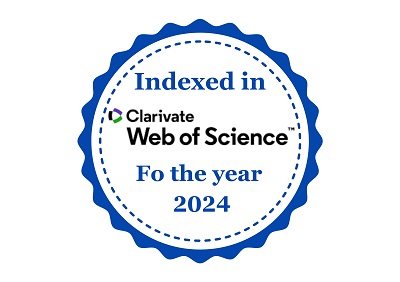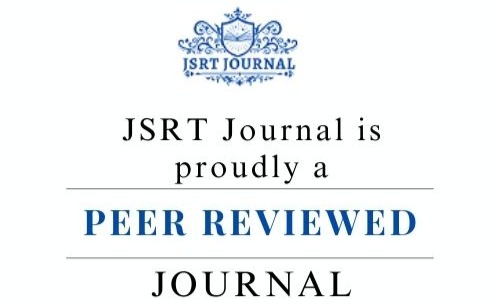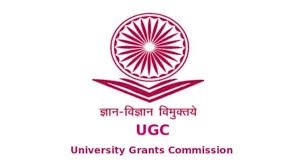ML And AI-Enabled Next Generation Smart Agriculture: A Critical Review, Current Challenges And Future Trends
DOI:
https://doi.org/10.61808/jsrt130Keywords:
Smart Agriculture, Machine learning, PythonAbstract
Crop recommendation system or prediction system is the art of predicting crop yields to improve the production and production before the harvest actually takes place, it takes typically a couple of months in advance. Crop prediction depends on the computer programs that describe the plant-environment and the soil features interactions in quantitative terms. The soil testing will start with the collections of a soil sample from the field. The first basic principles of the soil testing is that a field can be sampled in such a way that by getting a chemical analysis of the soil sample and also majorly depend on temperature and rainfall will accurately reflect the field’s true nutrient status on a particular area to help out farmers to improve the production. To implement such an approach, crops are recommended based on its climatic factors and quantity. Data Analytics paves a way to evolve useful extraction from agricultural database. Crop Dataset has been analysed and recommendation of crops is done based on productivity and season.
Additionally added insect detection and chat bot facility in a project. The final process in those techniques is image segmentation in which the image is segmented using clustering methods. Clustering algorithms detects affected part of the leaves and also calculates the percentage of affected area. Real-Time Decision Support: Chat bots provide farmers with instantaneous access to critical information on pest-related issues. This real-time decision support is invaluable when swift action is required to mitigate potential crop damage.











